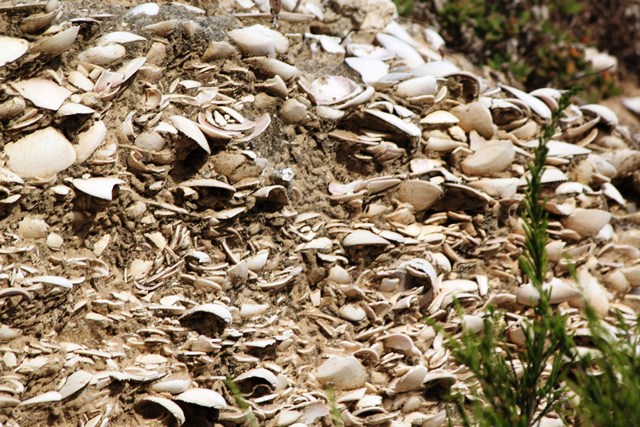COMMUNITY COMMENTARY: No evidence that anadromous fish restoration would have negative impact on Sheepscot Lake

by John Glowa, South China resident
In a recent submittal by the Sheepscot Lake Association (SLA), regarding restoring anadromous fish passage into and from the lake in the July 19, The Town Line, Carolyn Viens of the SLA stated, “…the residents of Palermo won a major battle in the opposition to LD 922, the legislative bill mandating the opening of the Sheepscot Dam to alewives and other migrating fishes which would have had a negative impact on the health of the lake.”
Ms. Viens provided no evidence of her claim that anadromous fish restoration “would have had a negative impact on the health of the lake.” Ms. Viens also failed to note that L.D. 922 would have also (1) required the Department of Inland Fisheries and Wildlife to cooperate with the Department of Marine Resources (the two agencies have had and continue to have a decades long turf war over anadromous fish restoration vs. maintaining artificial freshwater sport fish populations), and (2) require the Department of Marine Resources to develop a management plan for Sheepscot Pond for anadromous fish species and habitat. Opposition, including from shorefront property owners around Sheepscot Pond resulted in the bill being withdrawn.
I have fished Sheepscot River below the outlet dam and have never seen the fishway functioning. In my opinion, it serves no purpose and needs to be replaced. The bill in question would have required that the existing fishway be kept open and operational from April 15-June 30. Unfortunately, It did not address the functionality/suitability of the fishway or downstream fish passage for adult and juvenile alewives from Sheepscot Pond.
I believe that local opposition to anadromous fish restoration in Sheepscot Pond has more to with perceived negative impacts on property values than it has to do with “the health of the lake”. Concerns about water quality impacts are, in my opinion, a red herring. One lakefront property owner I spoke with who lives in Oakland, was mainly concerned about potential negative impacts to the value of her property and lampreys wrapping themselves around her daughter’s ankles. When I asked her to provide any credible scientific evidence of negative impacts to Sheepscot Pond, she did not.
Ms. Viens noted that a representative of the Highland Lake Association will be coming to talk to the SLA “…regarding their experience with alewives and the impact on their deteriorating water quality….” This statement makes the assumption that alewives have, in fact, caused water quality in Highland Lake to deteriorate. There is NO scientific evidence to support this assumption. Highland Lake has suffered from human caused excessive nutrient loading and deteriorating water quality for decades. While I strongly encourage efforts to assess and improve water quality in Maine’s lakes, those efforts should not be based on hearsay and unproven assumptions. They should be based on science.
If the SLA wants to hear from those familiar with waterbodies that have healthy anadromous fish populations, perhaps they should hear from someone representing Damariscotta Lake, where the alewife run into the lake exceeds one million fish annually.
Sheepscot Pond has been home to anadromous fish populations for milennia. If anyone or anything has caused harm, it is humans who dammed the lake and upset the natural ecosystem. Maine is finally working to right these wrongs by restoring anadromous fish runs up and down the coast. Despite red herrings, roadblocks, and other delaying tactics, it is only a matter of time before the natural ecosystem of Sheepscot Pond will be allowed to return, as well.



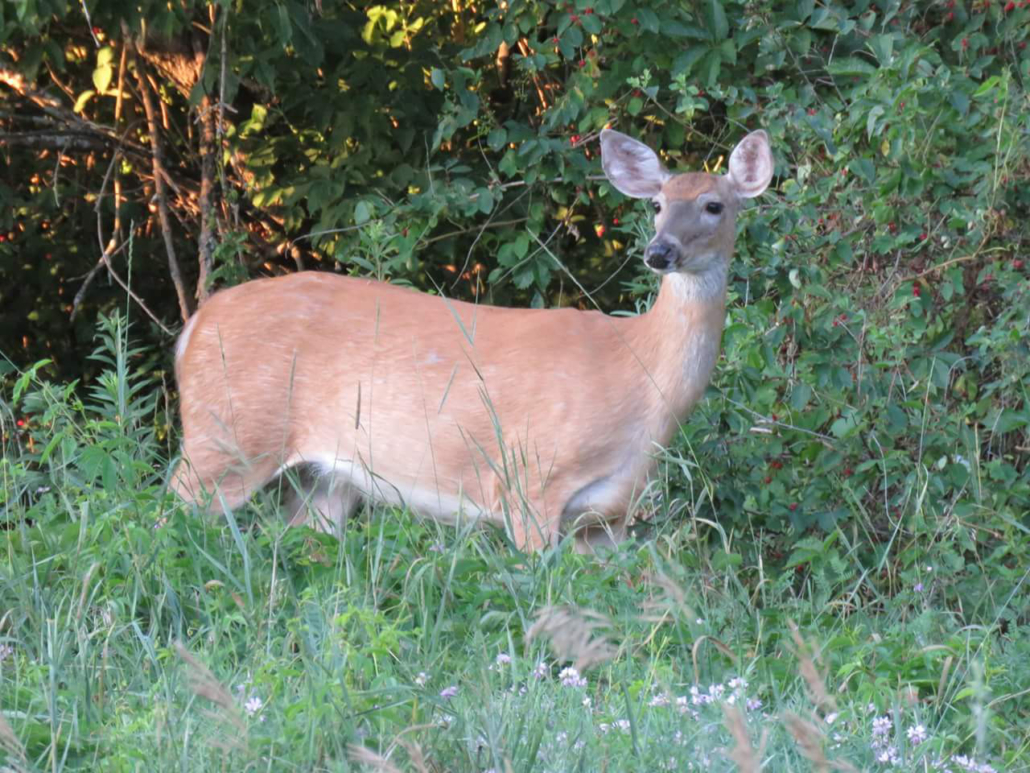
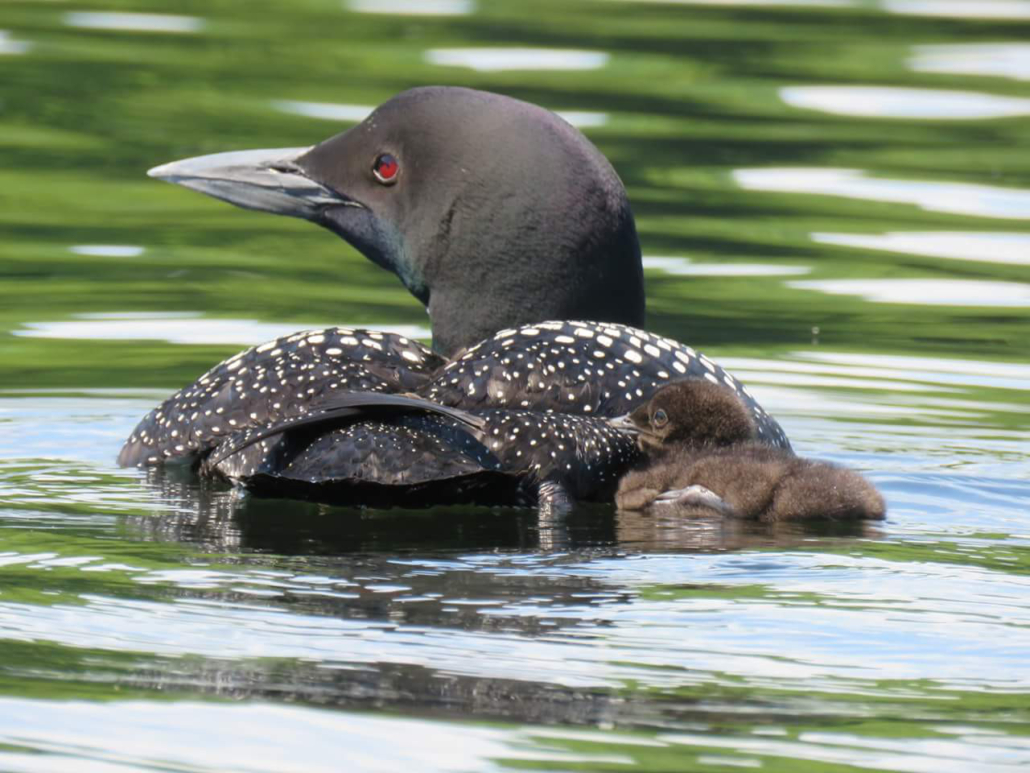
 (NAPSI)—Anyone who has ever seen a retirement account take a hit during a recession or stock market correction knows firsthand that it takes a mental and emotional toll. New research, however, has discovered that it also makes you sick.
(NAPSI)—Anyone who has ever seen a retirement account take a hit during a recession or stock market correction knows firsthand that it takes a mental and emotional toll. New research, however, has discovered that it also makes you sick. It’s not entirely clear to researchers how the loss of retirement savings can damage your health—perhaps it’s related to increasing blood pressure or cardiovascular events—but the scientific findings are consistent with a growing body of knowledge:
It’s not entirely clear to researchers how the loss of retirement savings can damage your health—perhaps it’s related to increasing blood pressure or cardiovascular events—but the scientific findings are consistent with a growing body of knowledge: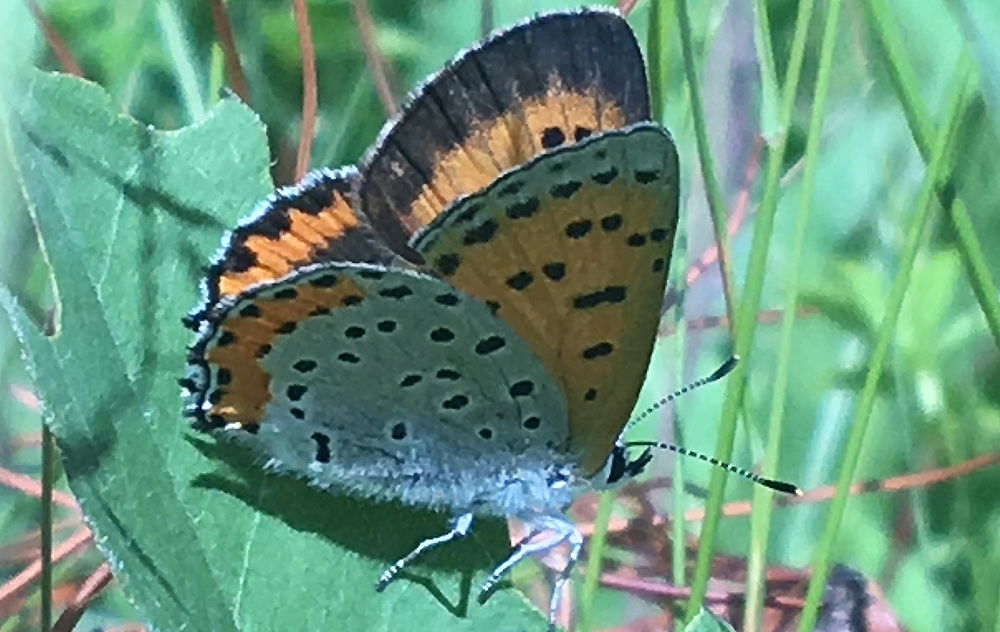

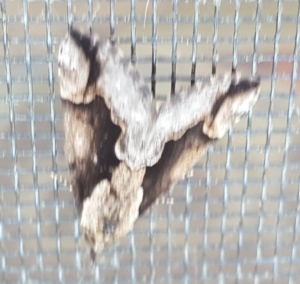
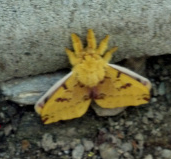
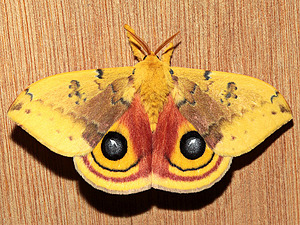







 According to a study by Dr. Craig Downs, executive director, Haereticus Environmental Laboratory, published in the Archives of Environmental Contamination and Toxicology, “Oxybenzone is an emerging contaminant of concern in marine environments—produced by swimmers and municipal, residential, and boat/ship wastewater discharges.”
According to a study by Dr. Craig Downs, executive director, Haereticus Environmental Laboratory, published in the Archives of Environmental Contamination and Toxicology, “Oxybenzone is an emerging contaminant of concern in marine environments—produced by swimmers and municipal, residential, and boat/ship wastewater discharges.”